||| FROM THE VANCOUVER SUN |||
Tahlequah is grieving. Hour after hour, day after day, she clings to the lifeless body of her newborn. She carries her calf through the cold waters of the Salish Sea, lifting it to the surface again and again, as if willing it to breathe.
This isn’t the first time she has known this pain. In 2018, Tahlequah lost another daughter — she carried her body for 17 days and over 1,600 kilometres, refusing to let go.
Tahlequah is a 27-year-old southern resident killer whale. I’m a whale research scientist twice her age, a woman in my mid-50s, and a mother to an 18-year-old daughter. Like her, I have carried my child, lifted her up, kept her close — although never with the crushing grief of a mom refusing to say goodbye. So as I watch the photographs of Tahlequah and her little one, as I take in her unfathomable sorrow, I feel an overwhelming empathy — I cry for her, and I cry with her.
Some would argue that we can never truly know what another species feels. We can’t ask Tahlequah, “Are you grieving?” But we don’t need to. We recognize grief when we see it, just as we recognize play, fear or joy. To be a social, intelligent species is to understand — at some level — the emotions of another. There was a time when science dismissed this as anthropomorphism, but we know better now. To deny what is so plainly visible isn’t objectivity; it’s wilful blindness.
I’m grateful to be a scientist in a world that has begun to acknowledge that animals have a complex emotional life, that grief isn’t a human monopoly and that recognizing this doesn’t make us biased — it makes us better observers of the natural world. I’m grateful to be a scientist in a world that has books like Barbara King’s How Animals Grieve and Carl Safina’s Beyond Words: What Animals Think and Feel — books that have helped shift the conversation toward a deeper, more compassionate understanding of the lives of other species.
So why does Tahlequah’s grief demand our attention now? Why am I spending this Saturday evening writing about a grieving whale?
Because she isn’t just mourning a lost calf — she is a member of a critically endangered population, one whose future depends entirely on the choices we make today.
Because Tahlequah is one of just 72 southern resident killer whales left in the world.
Together, J, K and L pods form a tight-knit society of closely bonded matrilines that have lived in these waters for generations. But their entire culture, their way of being, is imperilled. They have been drowning in chemical pollution, often deprived of their primary prey and forced to shout over the roar of boat engines to communicate. These whales depend on echolocation to hunt, yet only a fraction of the time are they able to hear their own echoes above the human-made noise that floods their world.
This population is on a trajectory to extinction. But trajectories can change. There is still time.
**If you are reading theOrcasonian for free, thank your fellow islanders. If you would like to support theOrcasonian CLICK HERE to set your modestly-priced, voluntary subscription. Otherwise, no worries; we’re happy to share with you.**
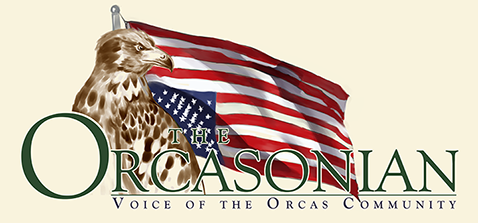
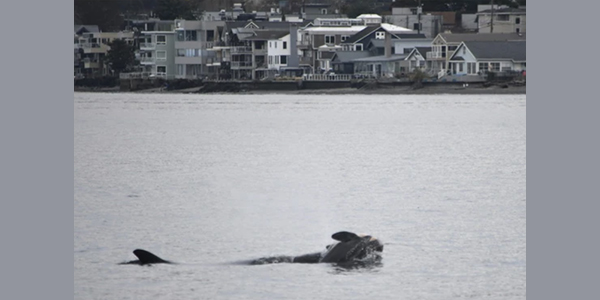

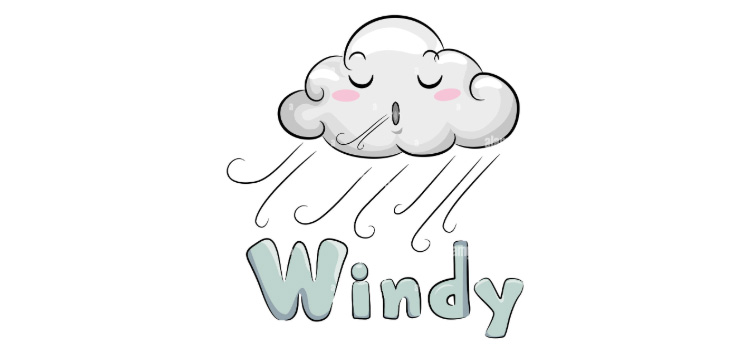
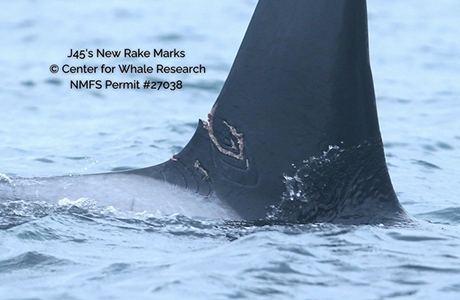

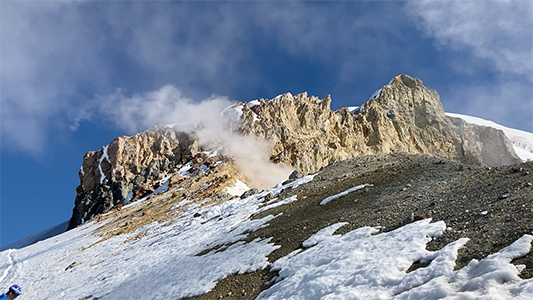


Thank you for posting this. My heart is broken. It seems more crucial than ever to take a long hard look at all the ways we embrace anthropomorphism – from electricity (lighting and light pollution) to our portable devices, to all of it. Humans are not the most important or even top species in the web of life. It breaks my heart to look at all the unconscious ways I contribute to destruction of the J, K, and L pods – and I wish others would do the same. Who is listening? Chamber of Commerce? VR rental and real estate ‘investors?’ For a long time I have wondered, what is it that we are selling? Are our people being listened to? What will it take to get our voices through? Love and concern for other species is not ‘weak.’ It is connectedness. Lose that, and we lose everything, taking countless other life forms down with us. Please consider this. Consider salmon, the Snake River dams. Consider that salmon swim upstream to forests or are carried into forests. Does it make sense to cut down forests, to make way for more humans? I don’t have answers but I think we need to be asking the Questions and spending time with them and with reflection on these things – and then finding actionable steps we can take, individually and collectively – voluntarily – from our hearts.